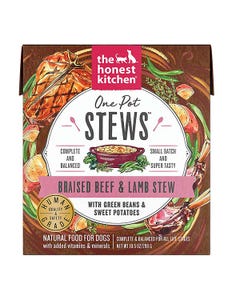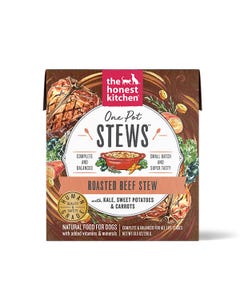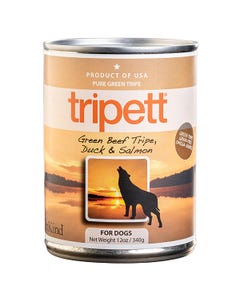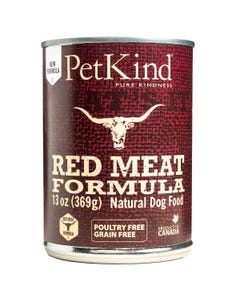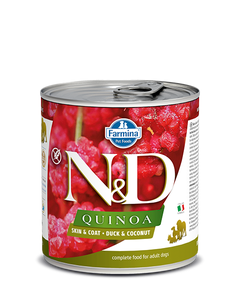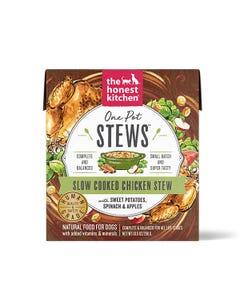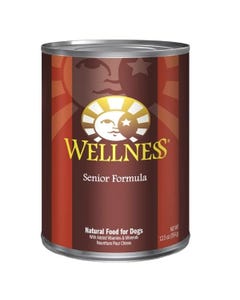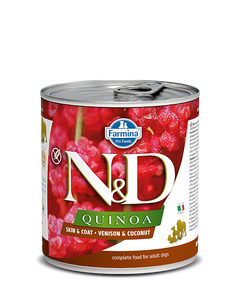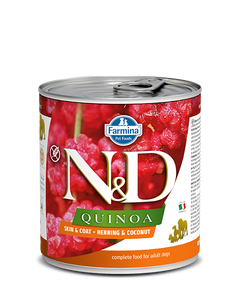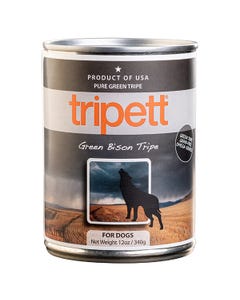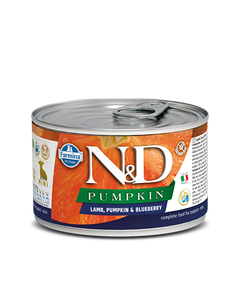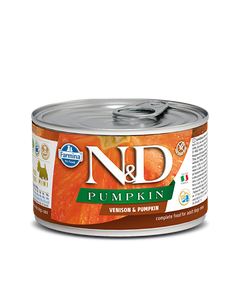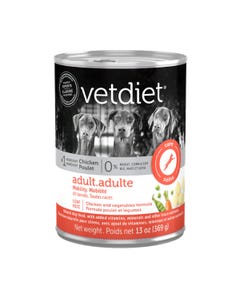Wet Dog Food FAQs
Is it OK to feed dogs wet food only?
Most healthy wet dog food brands can be fed as a complete and balanced diet or combined with another complete dog food style such as kibble or dehydrated varieties. Make sure the wet dog food says it's a complete and balanced daily diet.
What are the benefits of wet dog food?
Wet dog food is more flavourful and easier to digest than dry food. Also, the high moisture content supports digestion and urinary health, making it a great choice for senior dogs.
How long can wet dog food be stored after opening?
Once opened, wet dog food can usually be stored in the refrigerator for up to three to four days. It's important to cover the food and keep it in an airtight container to prevent spoilage and bacterial growth.
Can wet dog food be mixed with dry food?
Yes, wet dog food can be mixed with dry food to add moisture and flavour to the diet. Make sure that your furry friend’s overall wet dog food diet is complete and balanced or is mixed with a diet that is complete and balanced, and adjust the portion sizes accordingly.
Is wet dog food more expensive than dry food?
In most situations, wet dog food is more expensive than dry food per-ounce or per-portion basis, but during sales, you can find cheap canned dog food that is still quality food.
Can wet dog food cause diarrhea?
Any sudden diet change can contribute to digestive upsets or diarrhea in dogs. Canned foods should be introduced slowly over 3-7 days to minimize any digestion issues.
Shop Canned & Wet Dog Food in Canada
Moisture is an important part of your dog's diet. Traditional dry dog foods are a staple of many dog diets but can have a dehydrating effect on your pooch. The best wet dog food offers not just a more delicious flavour but the moisture needed for your dog to thrive.
At Homes Alive Pets, you'll find a huge variety of canned dog foods that can hydrate your dog and support digestion from top brands like Weruva, Zignature, and many more.
Wet dog food, often referred to simply as "canned dog food," comes in a variety of flavours and formulations to suit different canine tastes and nutritional needs. Some brands even offer human-grade ingredients. You’ll find the wet dog food in cans, pouches and other containers for ease of use and optimum storage.
You'll want to look for wet dog foods that contain high-quality proteins. Remember, dogs are carnivores, so the number one ingredient in wet dog food should be a high-quality protein like chicken (chicken broth), turkey (turkey broth), lamb, fish, egg product, or some other meat to provide amino acids and promote good muscle development.
Wet Dog Food for Every Life Stage
Choose wet dog food for all life stages. Wet and canned dog foods are excellent diets for growing puppies or aging seniors who have fewer teeth and difficulty chewing.
The soft, moist texture and tantalizing aroma get even the pickiest, grumpiest old dog wagging his tail! Remember, some senior dogs have trouble chewing hard foods which is why a canned dog food diet is ideal to meet the senior dog’s nutritional needs.
Healthy Canned Dog Food Choices
Another beneficial ingredient in wet dog foods is vegetables such as sweet potatoes, peas, carrots, brown rice, green beans and spinach to provide vitamins, minerals, and dietary fibre. Some healthy wet dog food brands even add fruits like cranberries, apples and blueberries due to their potent antioxidant properties, which support the dog's immune system.
Remember, one of the main appeals of wet dog food for your canine companion is the water content, which keeps your pup hydrated. Choose wet dog food to help keep your dog hydrated - especially if it’s a hot day or your canine companion is a senior.
At Homes Alive, we put our hearts into natural health and nutrition for all pets! We proudly carry only the best wet food for dogs. That means we make sure that the canned dog food brands we offer are wholesome, balanced and created with your dog’s well-being and longevity in mind. When you choose from our wide selection of canned wet dog foods, you can trust that you’re feeding your canine companion only the highest quality diet!
Best Canned Dog Food
Shop Homes Alive Pets online and in-store to find a variety of top-rated wet dog foods, such as Koha or go! Solutions. Both brands offer a wide variety of formulas including single protein and novel proteins to suit dogs with sensitivities.
Canadian-owned wet dog food brands like grain-free Nutrience, Vetdiet and Canada Fresh are both made with ingredients that are regionally sourced, fresh and nutrient-dense. We are confident the brands will be one of your furry friend’s delicious choices.
For doggos that enjoy a little crunch in their daily dog food, mixing wet dog food in with their kibble works great. This can also be helpful when transitioning your dog to a new wet or canned food so you don’t cause any digestive problems!
Many canned dog foods are suitable for all life stages, too. You can feed your puppy canned food at every meal or mix the canned food for dogs with a complete and balanced dog kibble to entice a picky eater and offer variety.
At Home’s Alive Pets, you’ll find a wide range of wet puppy food, senior canned dog food and everything in between to start your young dog out right with all the nutrients needed for robust growth. You might even want to purchase bulk wet dog food so you can stock up on your pup’s favourite brands.
Shop our huge selection of the best dog food brands, dog treats, dog toys and more essential pet supplies in Canada. Buy wet food online at Homes Alive Pets!
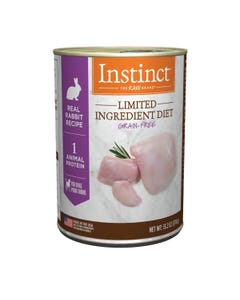
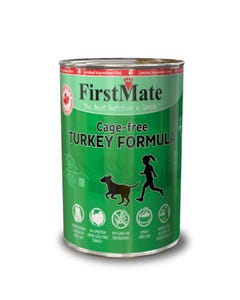
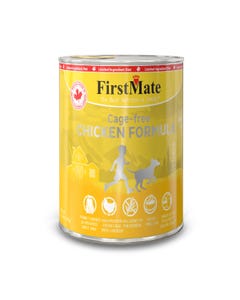
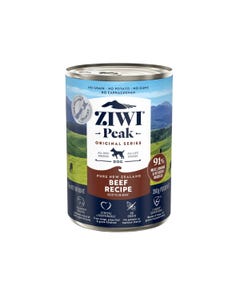
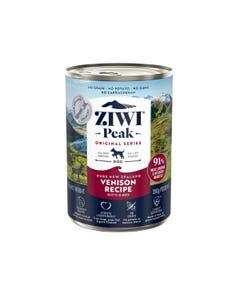
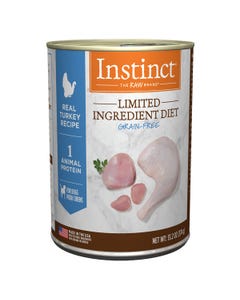
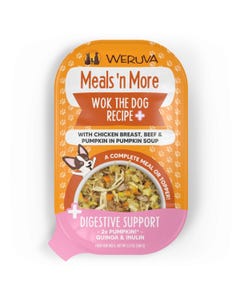
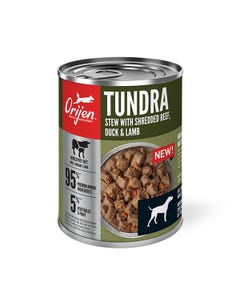
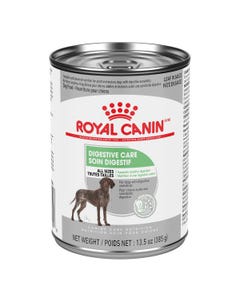
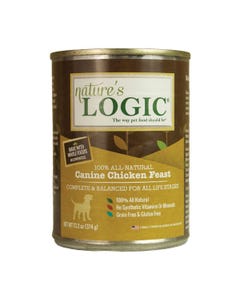
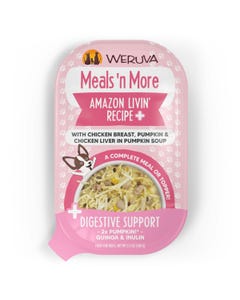
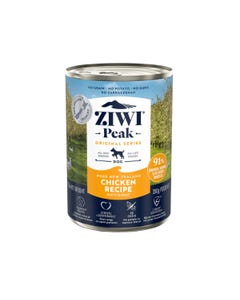
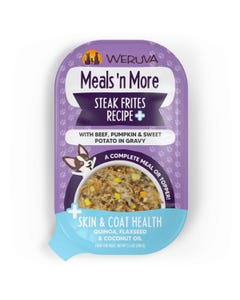
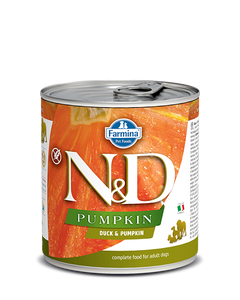
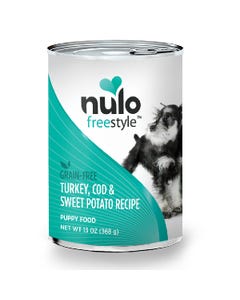 Nulo Freestyle Grain-Free Wet Food for Puppies - Turkey, Cod & Sweet Potato RecipeStarting From: $4.99AutoShip
Nulo Freestyle Grain-Free Wet Food for Puppies - Turkey, Cod & Sweet Potato RecipeStarting From: $4.99AutoShip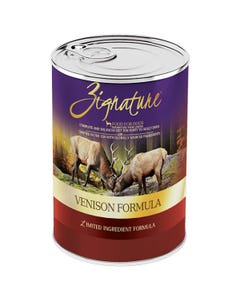
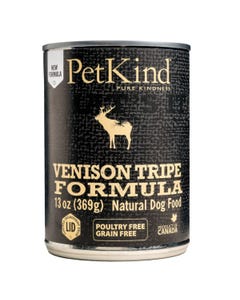
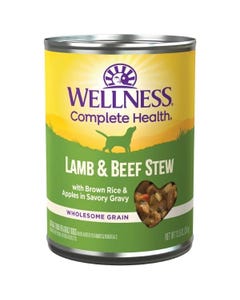
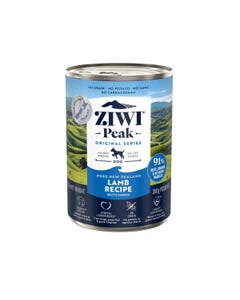
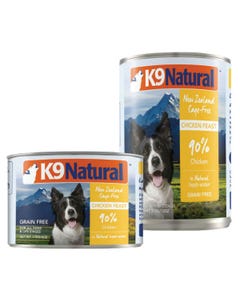
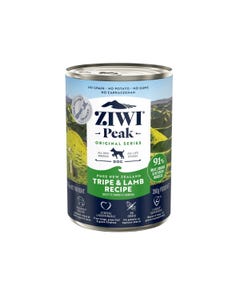
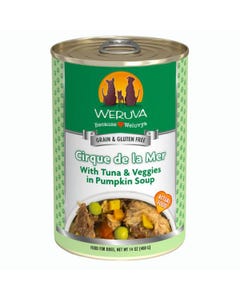
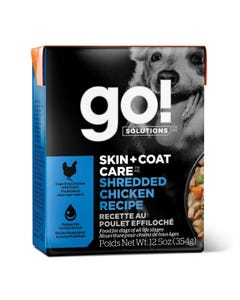 Go! Solutions Skin & Coat Care Tetra Packs for Dogs - Shredded Chicken with Grains RecipeStarting From: $4.99AutoShip
Go! Solutions Skin & Coat Care Tetra Packs for Dogs - Shredded Chicken with Grains RecipeStarting From: $4.99AutoShip
